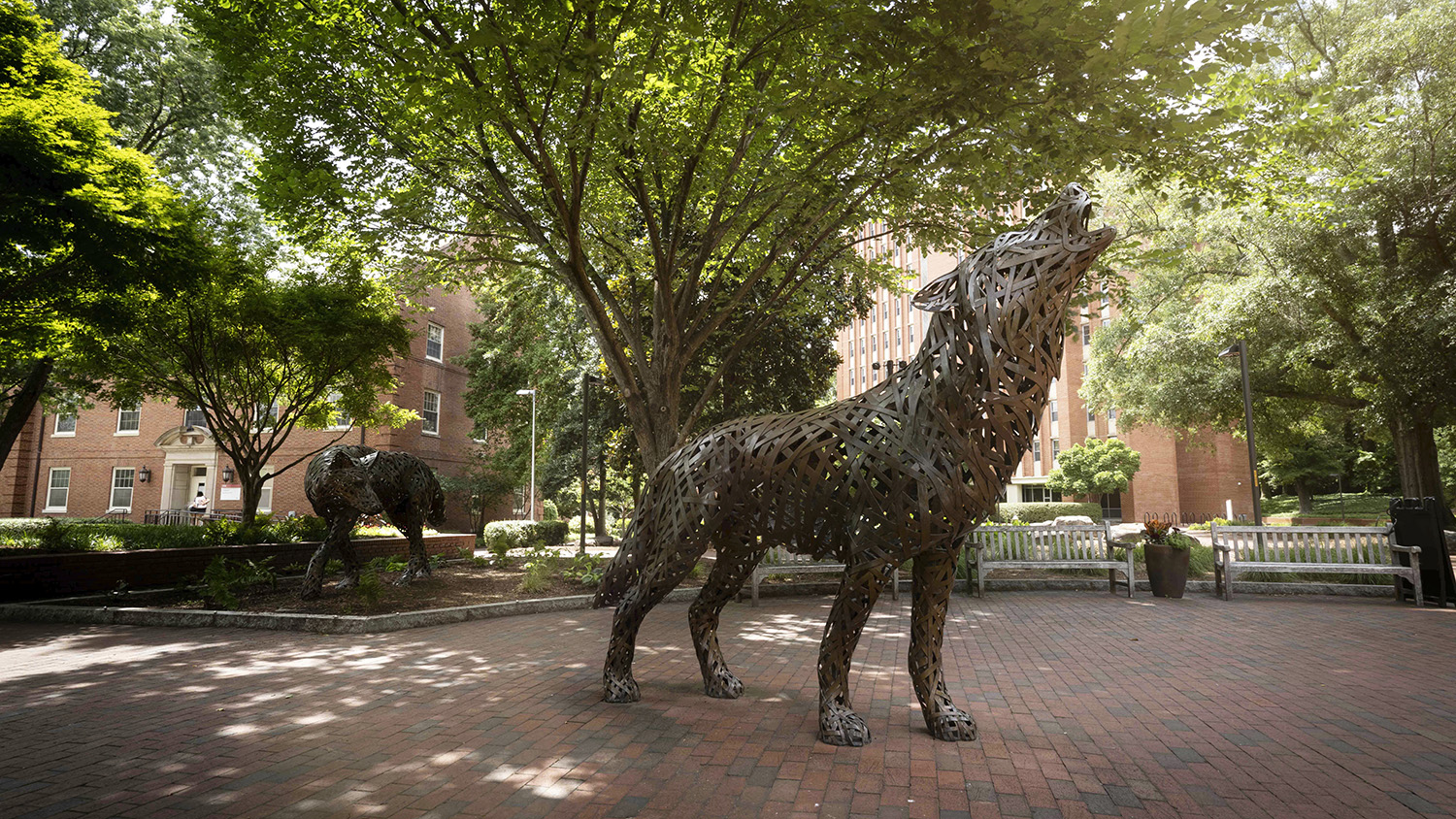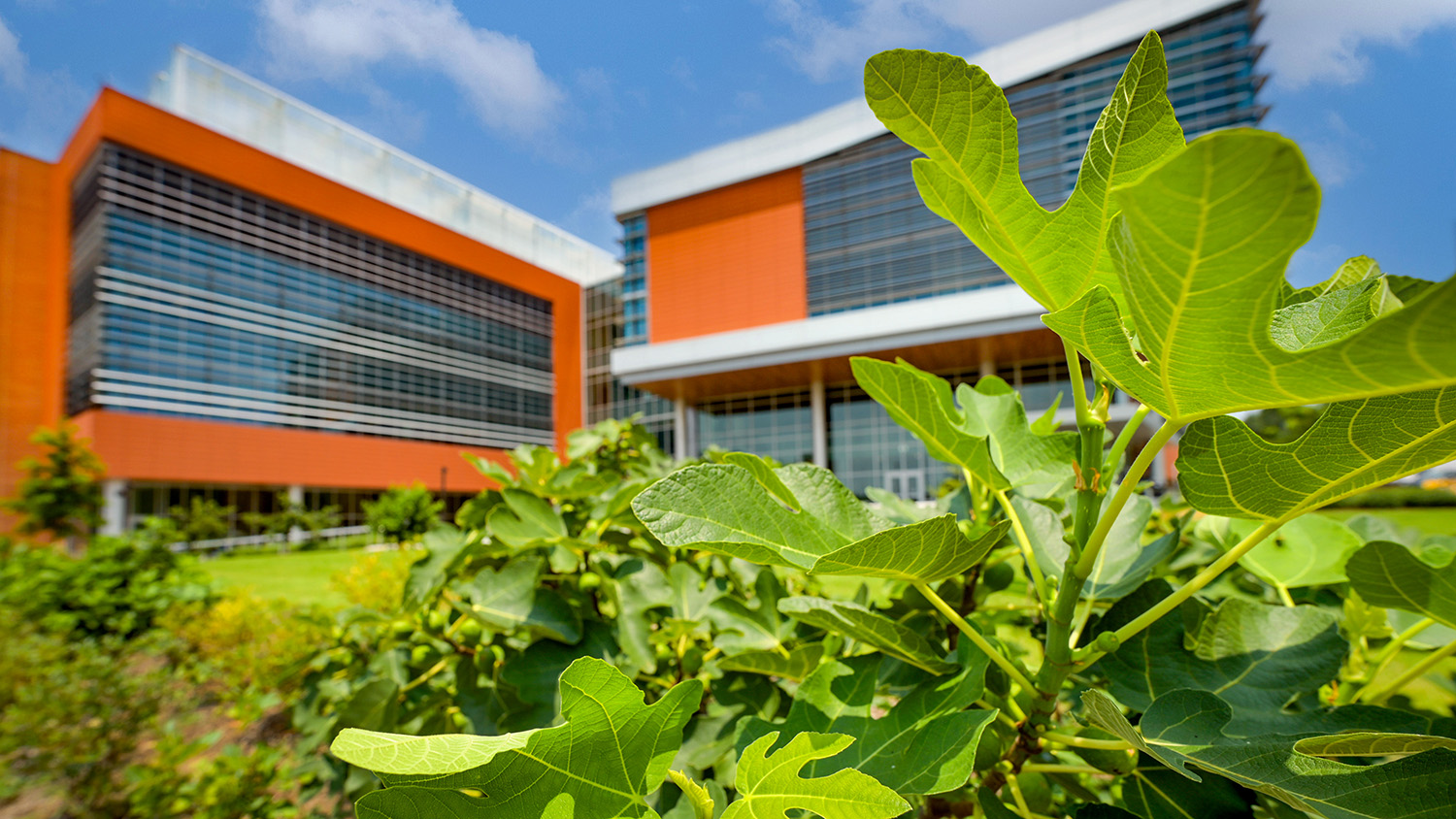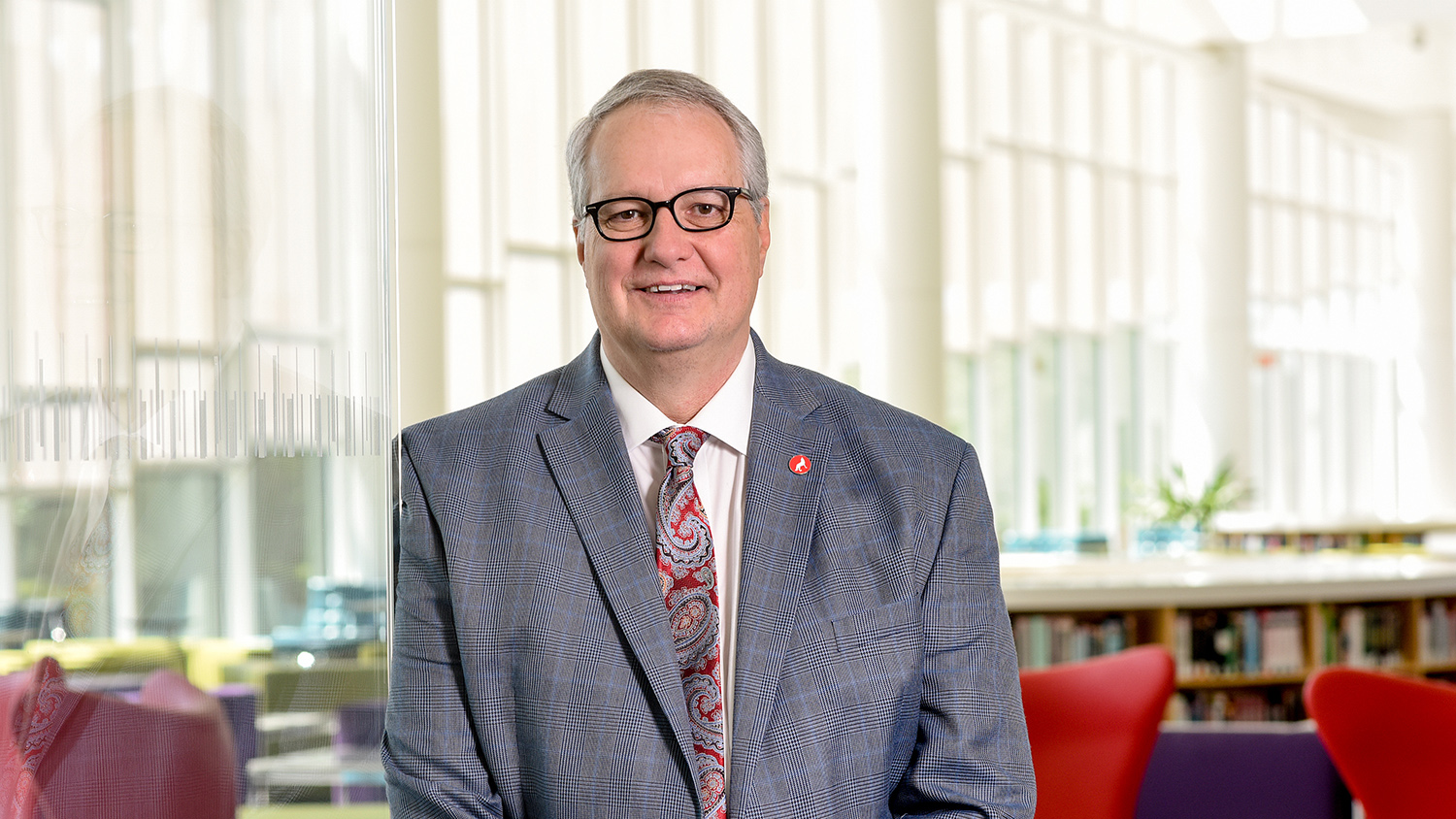Pack Hacks for Faculty: Going Interdisciplinary with the Arts
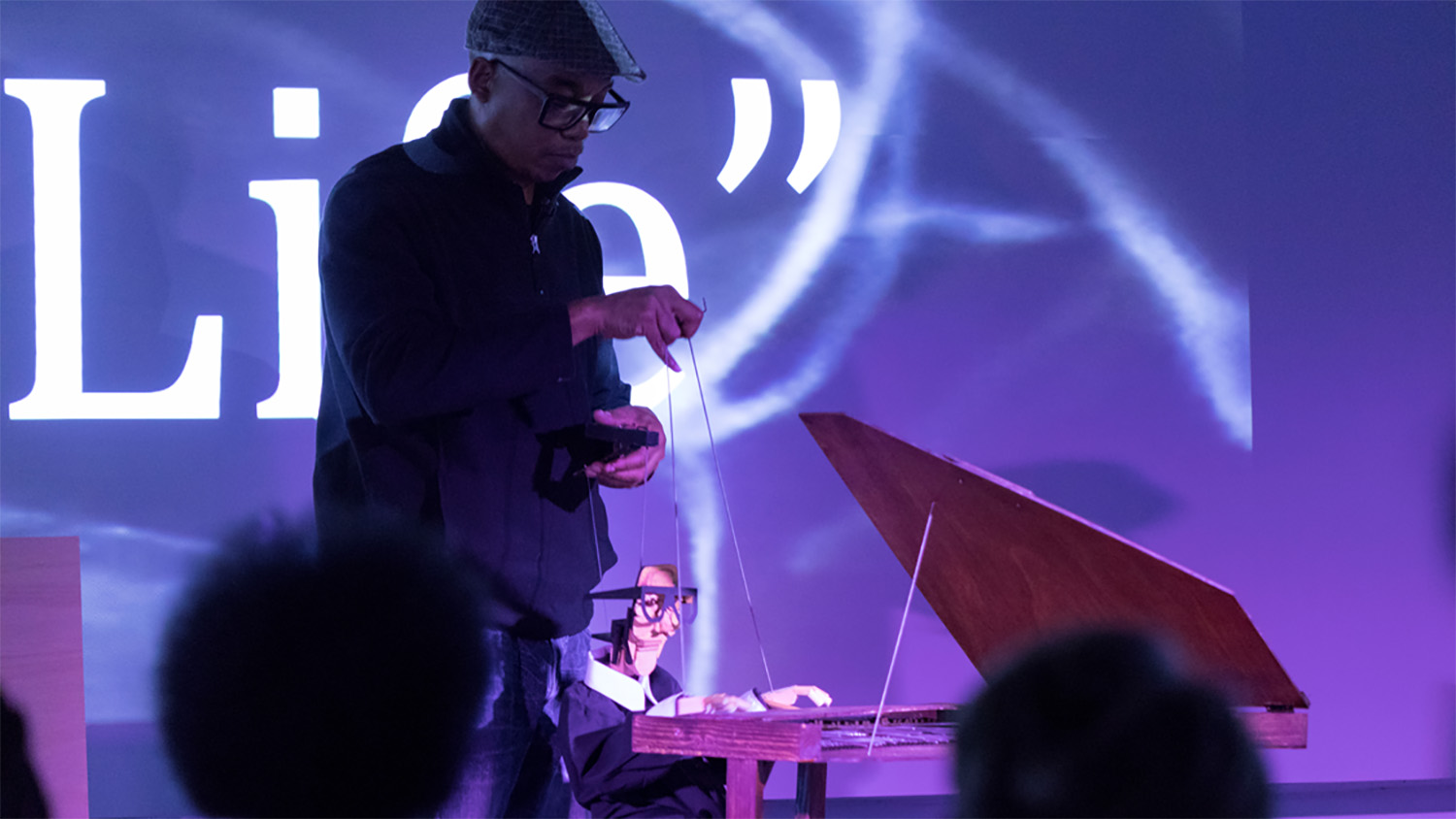
Welcome back to Pack Hacks for Faculty. Each month, a member of the NC State faculty will provide quick tips, advice and other insight to facilitate your teaching, research, scholarship or engagement activities. If you are interested in making a submission for a future Pack Hacks for Faculty, please review our submission guidelines and contact provost-communications@ncsu.edu if you have questions.
This month, Victoria Ralston, a lecturer and coordinator of the visual arts concentration in arts studies in interdisciplinary studies, gives insight on how to introduce interdisciplinary perspectives in classes with the Arts NC State Curricular Connections Guide.
Going Interdisciplinary With the Arts
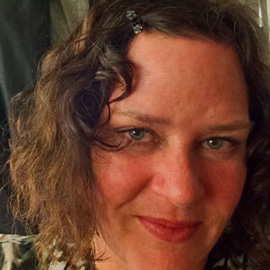 Teaching interdisciplinary arts courses provides plenty of opportunities to discuss, critique and analyze the arts, though nothing replaces a live, in-person experience. It’s impossible to describe the feeling of emotion, the complexity of ideas, and the level of engagement that quality live performance offers, especially to students who don’t often experience it.
Teaching interdisciplinary arts courses provides plenty of opportunities to discuss, critique and analyze the arts, though nothing replaces a live, in-person experience. It’s impossible to describe the feeling of emotion, the complexity of ideas, and the level of engagement that quality live performance offers, especially to students who don’t often experience it.
As an artist, proponent of the arts, and humanities professor at NC State, I hope to bring awareness to this resource and to describe how I use the Arts NC State Curricular Connections Guide.
I use the world-class art events put on each semester by Arts NC State programs as instructional resources and jumping off points for discussions in class. The guide makes this easy. It’s a resource that I can download prior to each semester, in time to include events in my course syllabi.
Use the Guide to Provide Live Arts Experiences for Students
I routinely take a look at the upcoming semester’s guide and find ways to get my students out to events. For ARS 257 – The Arts and Technology, students attend the avant garde Arts NOW performances as an opportunity to analyze interdisciplinary works and examine how contemporary technologies impact artists. When teaching arts integration to preservice elementary education students, the students and I attend the NC State LIVE Kids Stuff series events, which allow the education students to observe children learning through the arts, as well as directly experiencing their own arts learning.
Offer Students Extra Credit to See a Show or Exhibit
The Gregg Museum of Art & Design’s exhibition Art’s Work in the Age of Biotechnology: Shaping Our Genetic Futures, “is a visually stunning and thought-provoking exhibition aimed at raising awareness about genetic engineering, biotechnologies, and their consequences through the lens of art and design,” which is full of thought-provoking, interdisciplinary artworks by several artists and connected to Margaret Atwood’s recent on-campus talk. While I didn’t have direct connections to this show for all my classes, I don’t want my students to miss this type of opportunity, so I offered extra credit points to those students who chose to attend and write a short reaction paper. In fact, I offer extra credit points each semester to those students who choose to attend and write a short reaction paper about *any* Arts NC State event on the semester’s calendar.
Invite an NC State LIVE Guest Artist to Your Class
NC State LIVE offers mini grant opportunities to faculty on campus that relate to upcoming performances. As a part of the Art and History of World Puppetry course that I teach on campus, I wrote a mini-grant to commission local artist and puppeteer, Tarish Pipkins, to create a new work, “An Evening with Billie Holiday.” The work was co-sponsored by Interdisciplinary Studies and the NC State University Libraries, in conjunction with NC State LIVE and their premiere of artist David Rousseve’s work Halfway to Dawn, an exploration of the life of American jazz legend, Billy Strayhorn. Both Rousseve and Pipkins visited classes on campus to discuss their works’ intersections with many aspects of current society. My students attended both performances, which provided opportunities to write a comparison of the two works.
Make Connections That Encourage Students to Make Art
In addition to the experience of seeing a live show, the guide also provides links to art-making experiences, which I have especially taken advantage of at the Crafts Center. The Crafts Center not only offers ample opportunity to relax and make work in clay, mixed media, wood, metals, and so on, but they offer space and workshops that “cater to your needs and classes.” I’ve been impressed with the Crafts Center as a great place to teach courses in which students are assigned hands-on projects, as a place for student exhibitions, and I often advise students, especially those who are feeling the stress of the semester, to take a class and unwind.
I hope you will take advantage of the Arts NC State Curricular Connections Guide, and enrich your course with the arts programming on our campus.
Victoria Ralston is a lecturer and coordinator of the visual arts concentration in arts studies in interdisciplinary studies in the College of Humanities and Social Sciences. She can be reached at vnralsto@ncsu.edu.
- Categories:
